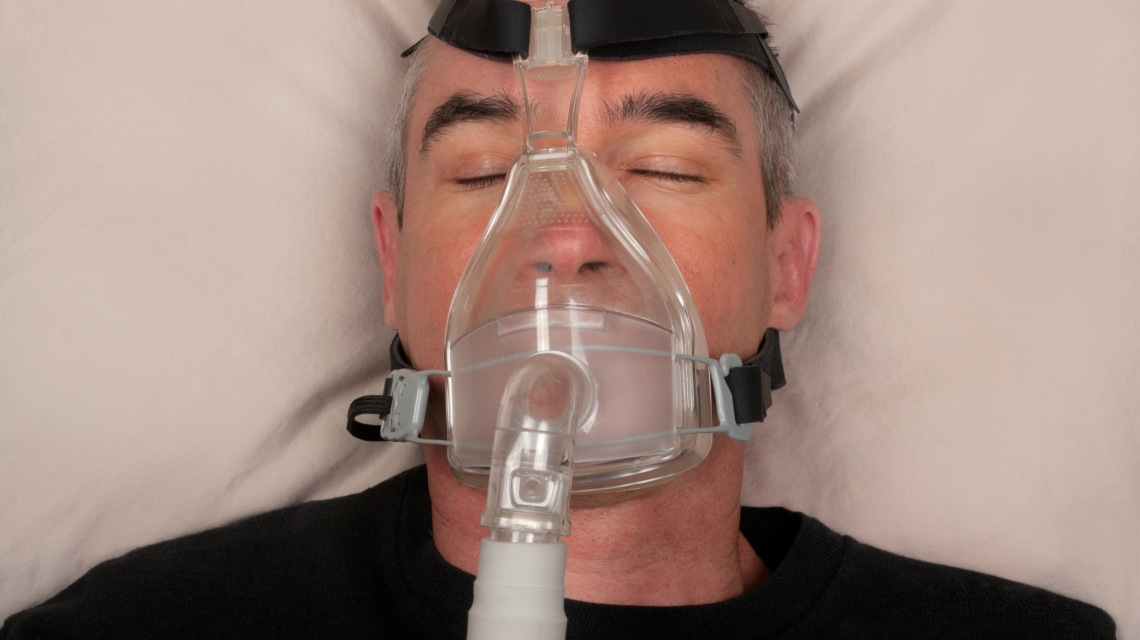Sleep apnea is a sleep disorder characterized by repeated interruptions in breathing during sleep, leading to reduced oxygen levels and disrupted sleep cycles. It can result in daytime fatigue, increased risk of cardiovascular issues, and other health complications if left untreated. Obstructive sleep apnea (OSA) is the most common type, where the airway becomes blocked.
Cardiovascular Complications
Sleep apnea can cause cardiovascular issues because the repeated interruptions in breathing during sleep lead to decreased oxygen levels (hypoxia) and increased carbon dioxide levels in the blood. These fluctuations trigger a stress response in the body, activating the sympathetic nervous system, which increases heart rate and blood pressure. Over time, this chronic stress on the cardiovascular system can lead to hypertension (high blood pressure), arrhythmias (irregular heartbeats), and an increased risk of heart disease, stroke, and heart failure. Additionally, the fragmented sleep caused by apnea prevents proper rest and recovery, further compounding the strain on the heart and blood vessels. Sleep apnea has significant public health implications.
Here are some key statistics:
Prevalence
It is estimated that about 1 in 15 adults has moderate to severe obstructive sleep apnea (OSA), which equates to about 18 million people in the US alone, and 2.8 million people in Canada. 9–38% of adults are thought to have sleep apnea to some degree, with higher rates among older populations.
Global Impact
Worldwide, 936 million people are estimated to have OSA, but a significant portion remains undiagnosed and untreated.
Undiagnosed Cases
Approximately 80% of moderate to severe sleep apnea cases remain undiagnosed, largely due to a lack of awareness or access to proper sleep testing.
Health Consequences
If untreated, sleep apnea is associated with an increased risk of cardiovascular diseases, including hypertension, heart attack, and stroke. People with sleep apnea are more likely to experience daytime fatigue and are at higher risk of accidents, including motor vehicle crashes.
Current Treatment
Continuous Positive Airway Pressure (CPAP) is the most common treatment for OSA, but compliance remains an issue, with up to 50% of patients discontinuing CPAP within a year.
Connection to TMJ Disorder
Many patients with TMJ Disorders (TMD) also have co-existing sleep apnea, typically obstructive in nature, often due to the position of the tongue. In these cases, the tongue is positioned further back because the mandible is retruded, leading to airway obstruction and sleep apnea. The position of the mandible is influenced by the alignment of the teeth, and in many of these patients, malpositioned teeth cause the mandible to shift backward, contributing to both TMD symptoms and sleep apnea. Addressing the root cause of their TMD by correcting mandibular positioning not only alleviates jaw pain but also improves sleep apnea, leading to healthier, more productive lives.
– Written by Dr. Agatha Bis




